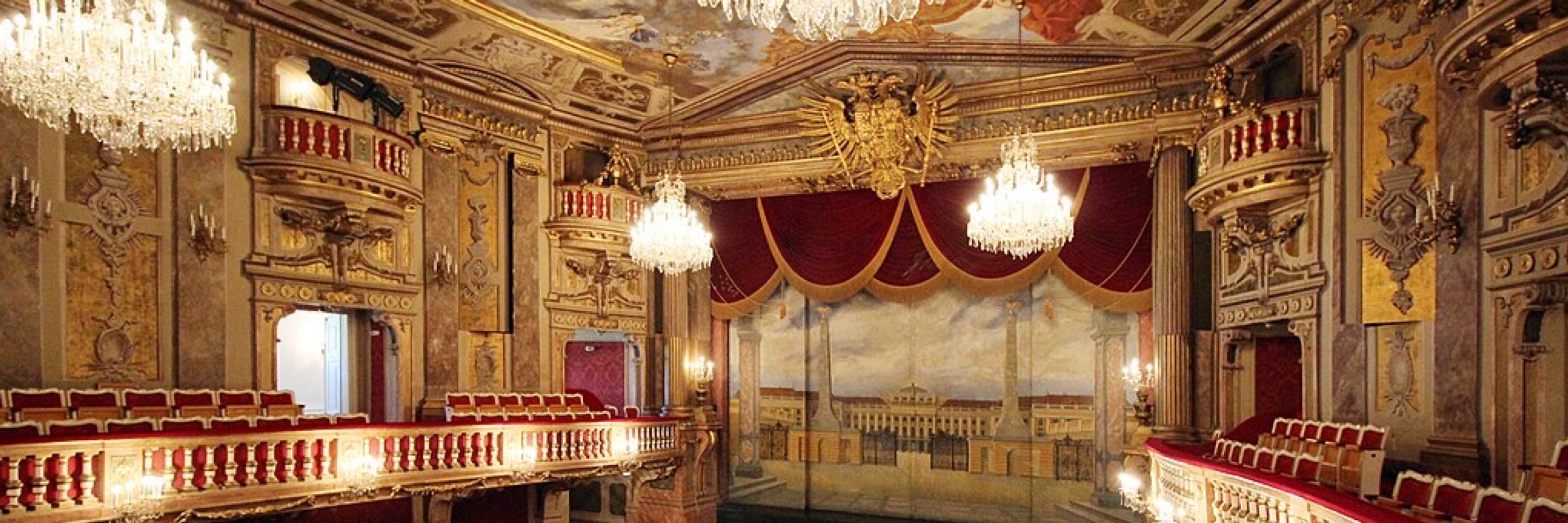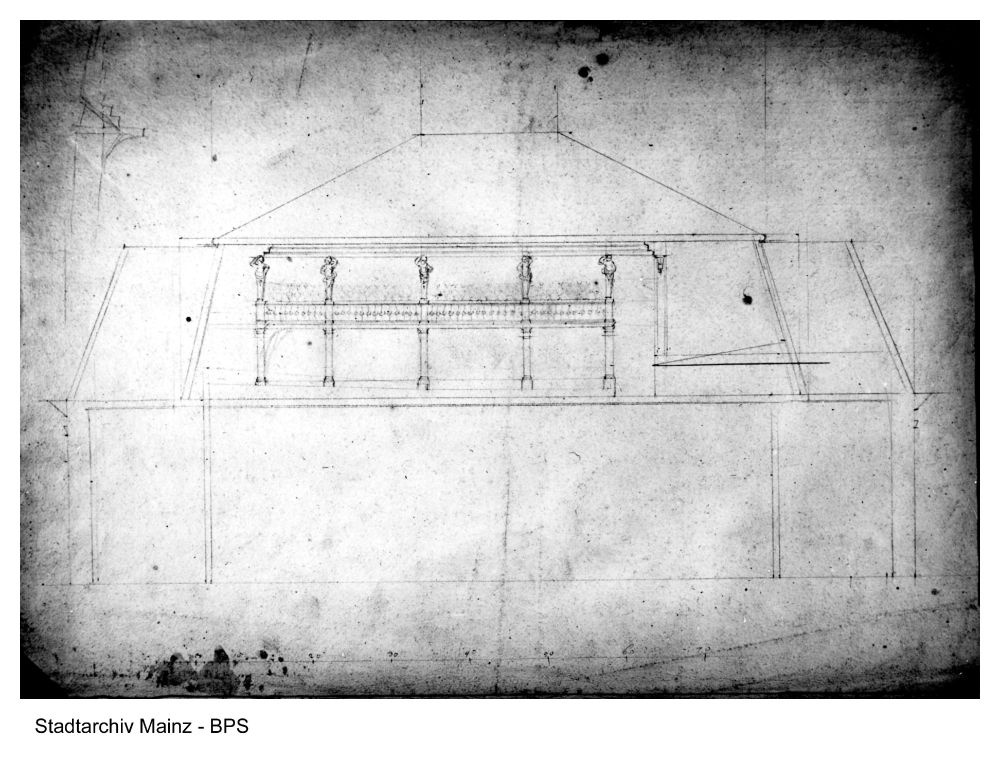





www.mozartdocuments.org/news/our-200...





RNCM + partners in the the Crafting Care Doctoral Focal College are offering 30 AHRC studentships exploring care, creativity & community💡
💰 £20,780 stipend + fees covered
📅 EOI: 1 Dec 2025
👉 rncm.ac.uk/news
#DoctoralFunding #MusicResearch






www.youtube.com/watch?v=5lJ0...

www.youtube.com/watch?v=5lJ0...





📅 Sept 16–19, 2026 | USC, Los Angeles (Zoom presentations possible)
⏰ Deadline: Jan 9, 2026
Scholars & grad students in German Studies, Exile Studies, Theater & related fields welcome.
🔗 libraries.usc.edu/locations/sp...
📅 Sept 16–19, 2026 | USC, Los Angeles (Zoom presentations possible)
⏰ Deadline: Jan 9, 2026
Scholars & grad students in German Studies, Exile Studies, Theater & related fields welcome.
🔗 libraries.usc.edu/locations/sp...




Charles V resigned Spain 16 Jan 1556. (British Museum)


Charles V resigned Spain 16 Jan 1556. (British Museum)


HAP26 takes place in Sheffield on the theme of 'Shaping Societies, Improving Lives: The Impact of Archives & Historical Research'. With @ihr.bsky.social & @nationalarchives.gov.uk.web.brid.gy Closing date 31 October.

HAP26 takes place in Sheffield on the theme of 'Shaping Societies, Improving Lives: The Impact of Archives & Historical Research'. With @ihr.bsky.social & @nationalarchives.gov.uk.web.brid.gy Closing date 31 October.

@rism.bsky.social
@unierfurt.bsky.social

@rism.bsky.social
@unierfurt.bsky.social




Christopher Gandtner, 1580/90. His head is a plug which, when removed, allows the drinker to quench their thirst. (Kunsthistorisches Museum Wien)

Christopher Gandtner, 1580/90. His head is a plug which, when removed, allows the drinker to quench their thirst. (Kunsthistorisches Museum Wien)

youtu.be/QXZFuKVtJnk?...

youtu.be/QXZFuKVtJnk?...


